April is Earth Month! But of course it’s a completely different Earth Month than we’ve ever experienced before as we spend the month socially isolating at home. Since we’re now homeschooling, we’re making sure to spend some time this month learning about climate change and ways we can help mitigate the human impact on our environment.
DK Books has always offered a wide selection of informative reference and educational books for both children and adults, and we’ve turned to them this month for books that will educate, illuminate, and inspire for Earth Day, Earth Month, and all year long.
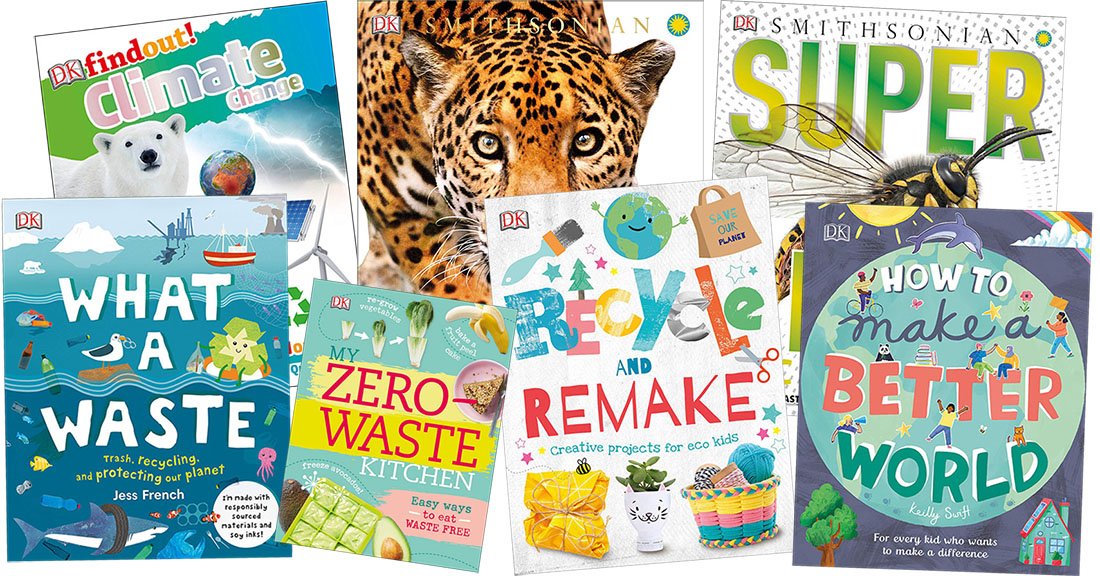
Read on to discover some of the books we’ll be reading this month and for a chance to win two of these for your own family! Check out DK Books’ Earth Day collection for more ideas.
Click on the titles or cover pictures to see these books on Amazon.
DKfindout! Climate Change
The newest volume in DK’s popular DKfindout! series introduces kids to the science behind climate change. Starting with the basics like, “What is climate?” and “What affects climate?” kids will learn about natural climate variation and how humans are accelerating the process. Each spread explains the way that human activities from agriculture to traffic impact climate change and the natural world around us, as well as alternatives that can be instituted instead.
This easily accessible guidebook will teach children about renewable energy, efforts to replant forests, and what Earth defenders and activists are doing. For kids eager to help, there are many suggestions for individual actions they can take and encourage their families and communities to take on. There’s even a board game kids can play to learn more about things they can do to reduce climate change.
Inside the front cover, there’s a climate change timeline starting with the Industrial Revolution in the 1760s, the discovery of the greenhouse effect in 1824, the Montreal Protocol in 1987, the Kyoto Protocol 20 years later, and the Paris Summit in 2015. Inside the back cover, discover how climate change can have a direct impact on people’s health.
What a Waste: Trash, Recycling, and Protecting our Planet
Jess French
We have some big problems on this planet – plastic waste, deforestation, pollution on land, sea, air, and even in space. 92% of the world’s people breathe polluted air. The Great Pacific Garbage Patch is now about three times the size of France. Only 9% of the world’s plastic is recycled. There’s no denying our planet is not doing well.
But there’s good news too. Reading further in this book, kids will find out what countries and individual people are doing to conserve energy and resources, protect endangered species, and clean up our oceans. Not just big international efforts, but also the small things that individuals can do to help, like minimizing food waste, collecting litter, and replacing single-use plastics with reusable options.
This vibrantly illustrated book will introduce early elementary-aged children to the environmental issues facing all of us and what we are doing to address them. Instilling hope along with facts, they’ll learn what countries are doing on a large scale as well as discover everyday things they and their families can do to make a difference. For example, my kids are excited to participate in the #2minutebeachclean the next time we go to the beach and collect as much trash as we can in 2 minutes.
At the back of the book, there’s a list of organizations and websites with more information and ideas of how to get involved.
Recycle and Remake: Creative Projects for Eco Kids
We love this book! The very first page introduces its mission: new things from old trash. Simple instructions guide kids in reusing and upcycling trash into treasure. Each creative project uses items that might have otherwise been thrown away. I love that the authors remind kids to source their materials from what they already have lying around and not to buy new items.
Turn plastic bottles into planters, junk mail and newspapers into recycled bookmarks, and old clothes into a friendship bracelet. Learn how to make your own beeswax food wrap or fabric tote bag. Between projects, kids will learn about plastic pollution, the importance of trees, and the environmental impact of our clothing choices.
As most of us are spending this month learning at home, these fun crafts and projects are a great starting point to inspire kids to learn about big issues like pollution, deforestation, and climate change.
How to Make a Better World
Keilly Swift
“Every one of us has the ability to make a change. Yes, the world is a very big place, and we can’t control a lot of what happens in it. But if you start small, it is possible that one day your changes could influence a lot of people. For now, just remember that whoever you are, wherever you are, there’s a way to make a change that is the right size for you.”
Our kids are faced with many struggles, from everyday conflicts and bullying, to larger issues like global health, human rights issues, and climate change. Thinking about these challenges can be overwhelming or disheartening and leave kids (and adults!) feeling powerless. Having hope and some semblance of personal efficacy is important for all of us, and this book will give children a blueprint to do that, starting with learning how to care for their own well-being then expanding their circle to their neighbourhood, country, and globe.
Packed full of ideas from small acts of random kindness to volunteerism to getting involved in international activism, this is a fun, practical guide that will help kids learn to be a good friend, a good citizen, an effective activist, and make small changes that can add up to make a real difference.
My Zero-Waste Kitchen
Kate Turner
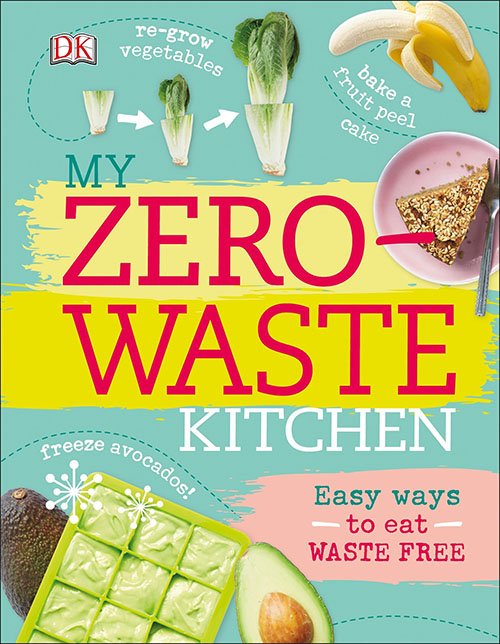 Waste not, want not! Intended for parents rather than the kids, this nifty little handbook will teach you the basics of living sustainably and provide creative tips and tricks for reducing food waste in your kitchen.
Waste not, want not! Intended for parents rather than the kids, this nifty little handbook will teach you the basics of living sustainably and provide creative tips and tricks for reducing food waste in your kitchen.
You’ll find ten recipes interspersed with smart solutions to using all the food that enters your kitchen. Use banana peels in cakes, apple cores in smoothies, and carrot tops in pesto. Learn how to plan your meals, compost, and regrow produce from old scraps to reduce food waste in your kitchen. Other pages will teach you how to tell whether food has truly gone bad, how to use up stale bread or old produce, and what you can freeze for later.
Wildlife of the World
Earth Month is the perfect time to celebrate the beauty and grandeur of Earth’s animals and ecosystems. Produced in partnership with the Smithsonian Institute, this stunning volume brings readers face-to-face with the most beautiful and interesting animals around the world. Learning how they live, mate, raise young, and thrive in their habitats helps us appreciate the world around us and reminds us why we need to protect our planet and its denizens.
Organized by continent, each section introduces the significant characteristics of each habitat and some of the most unique animals who make their homes there. Journey around the world from the Floridian Everglades to Norwegian fjords, the Congo basin to the Bornean rainforest, to read compelling profiles of some of the most fascinating animals on land, in the sea, and in the air.
At first glance, the Canadian Arctic might seem like a frozen wasteland, but look a little closer to discover some of the amazing creatures living in the snow and under the ice like muskox, caribou, Arctic foxes, narwhals, walruses, snowy owls, and iconic polar bears. Did you know that polar bears have partially webbed feet that allow them to 100 km in one stretch?
Spectacular photography showcases each animal both close-up and in their natural habitats. Listings include information about what makes each unique along with a quick reference box with the animal’s size, weight, diet, IUCN status (critically endangered, endangered, vulnerable, near threatened, common, or not known), and habitat. An illustrated reference section in the back on the animal kingdom explores animal groups and their classification with profiles of additional species.
Super Bug Encyclopedia
The Earth is home to an estimated 7 million species of insects and other terrestrial arthropods, but scientists have identified less than 20% of those. Bug Encyclopedia take a look at 76 of these fascinating insects and arthropods.
Extreme close-ups, CG images, and detailed 3-D cross-sections bring these amazing creatures into focus, from Hercules and Titan beetles that grow up to 6″ long, to the tiniest fairyfly that measures one quarter the size of the period at the end of this sentence. Discover beautiful jeweled butterflies, scary-looking whip scorpions, a moth that can beat its wings 80 times a second to hover like a hummingbird, and a fly whose eyes are set on telescoping antennae that spread farther apart than its body is long!
Another Smithsonian Institute partnership, this book combines stunning photography with lively, informative text. At a Glance, Stats and Facts boxes provide easily accessible information quickly for each species. To be honest, I skipped the pages with the spiders and centipedes, but my kids were absolutely fascinated by all the creepy-crawly close-ups!
Win What a Waste & Recycle and Remake
Win two of these books – What a Waste and Recycle and Remake – to help you celebrate Earth Day with your family! Enter in the giveaway widget below. This giveaway is open to residents of Canada, 18+. All the winner’s entries will be verified.
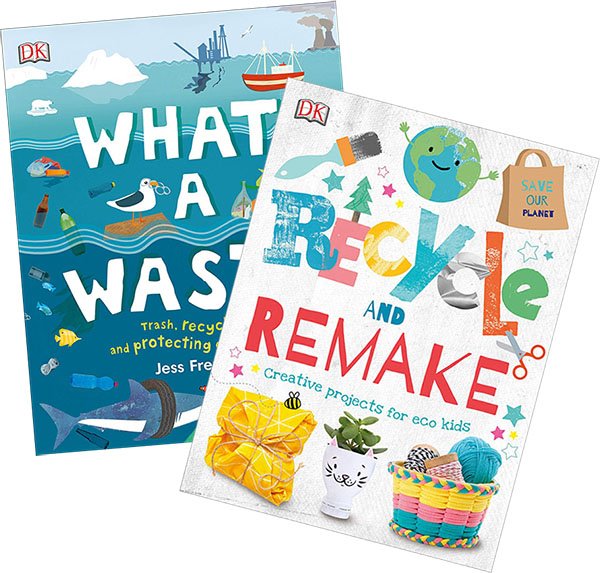
Click here to check out my other open giveaways and be sure to follow me on Facebook!
Disclosure: I received sample items to facilitate this post. All opinions expressed are completely honest and my own, based on my personal experience. Your experience may differ. This post contains affiliate links. As an Amazon Associate I earn from qualifying purchases, at no additional cost to you.


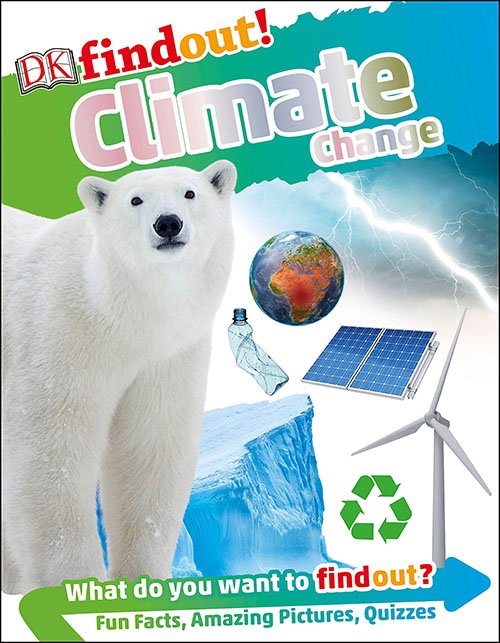
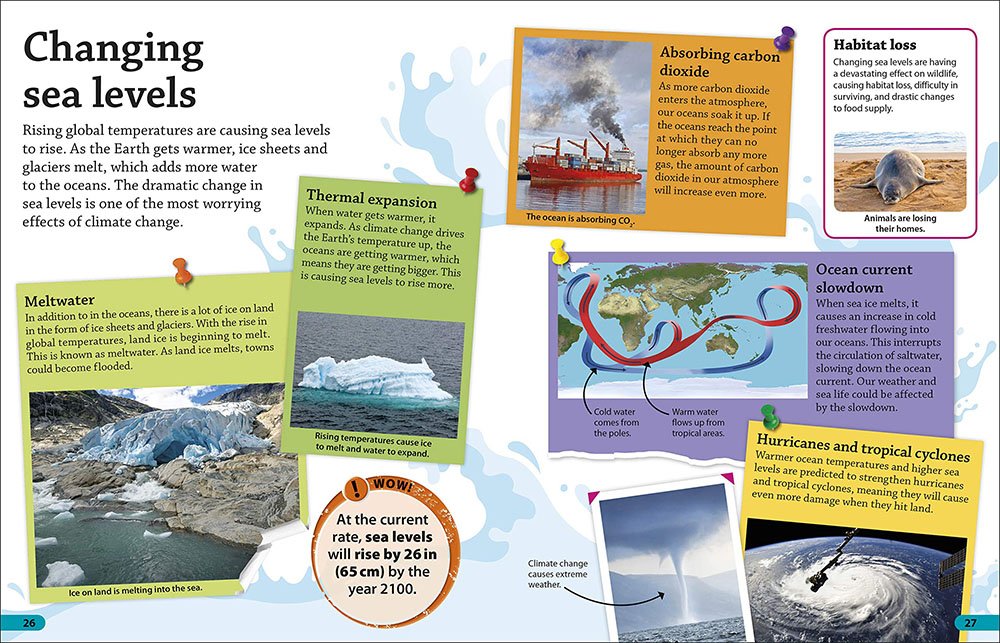
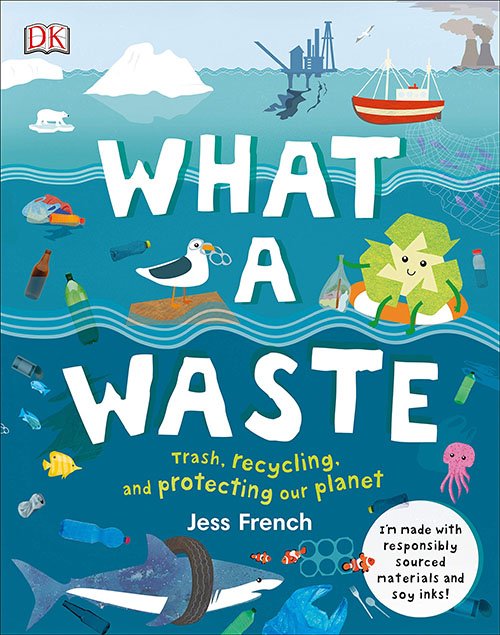
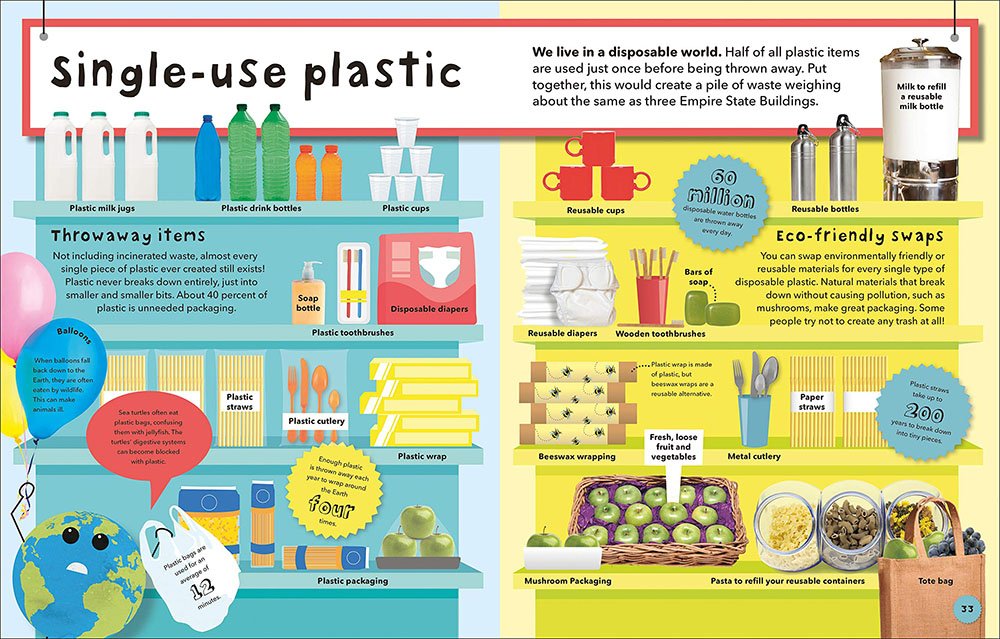
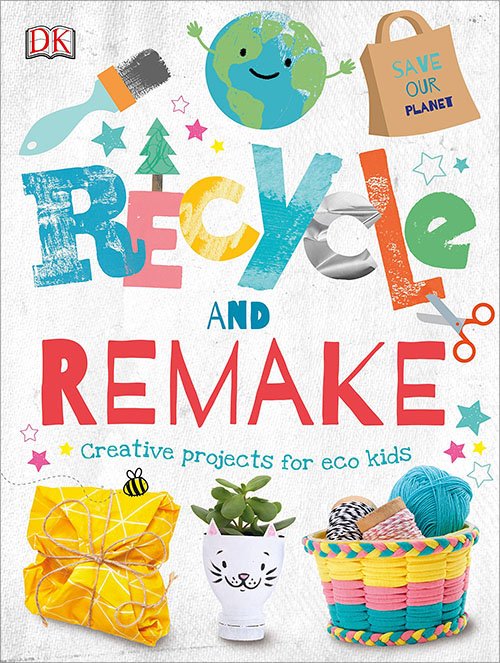
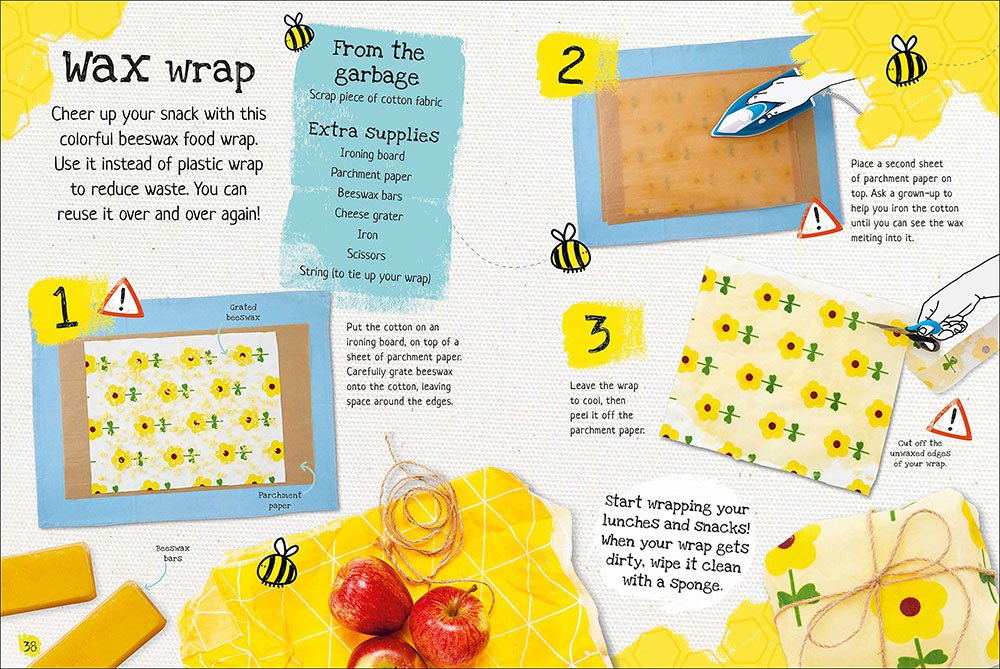
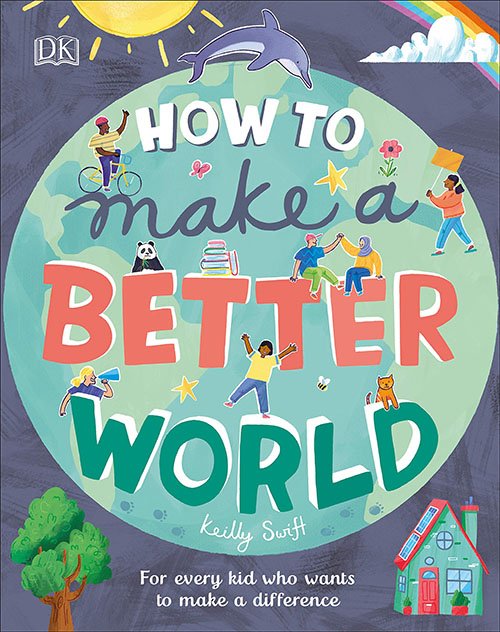
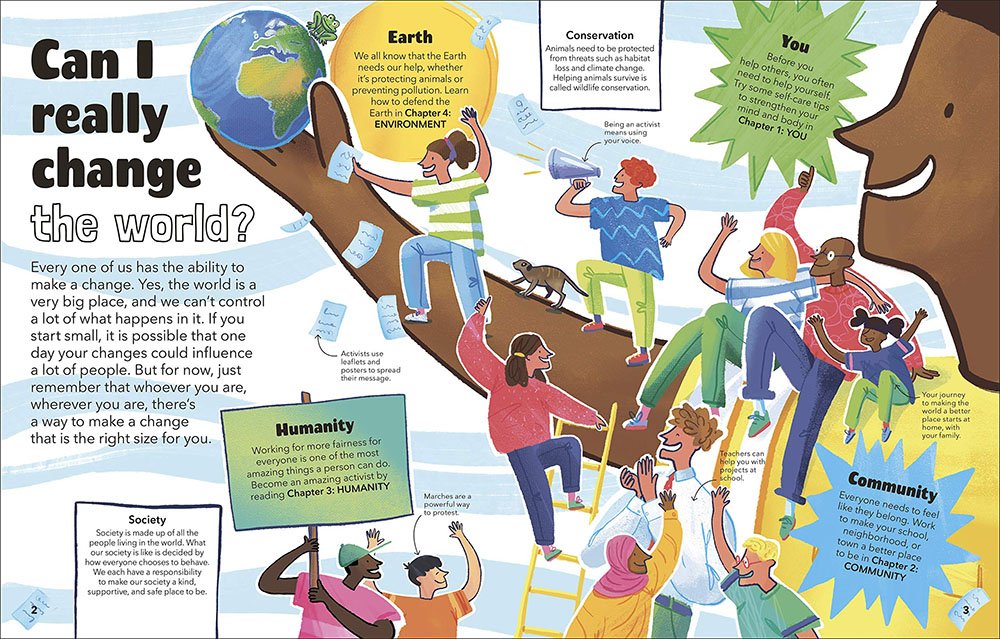
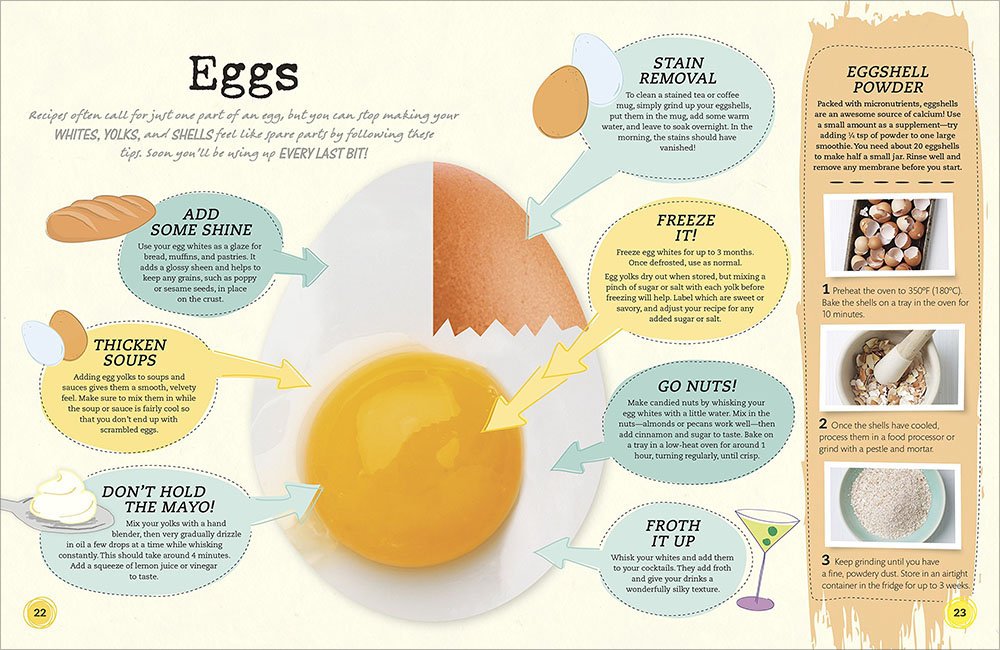
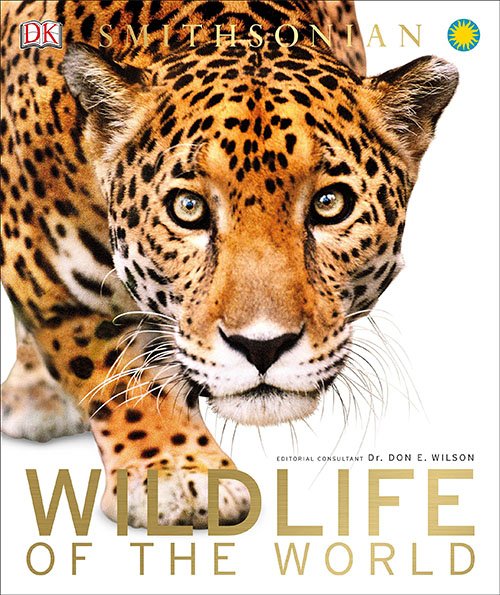
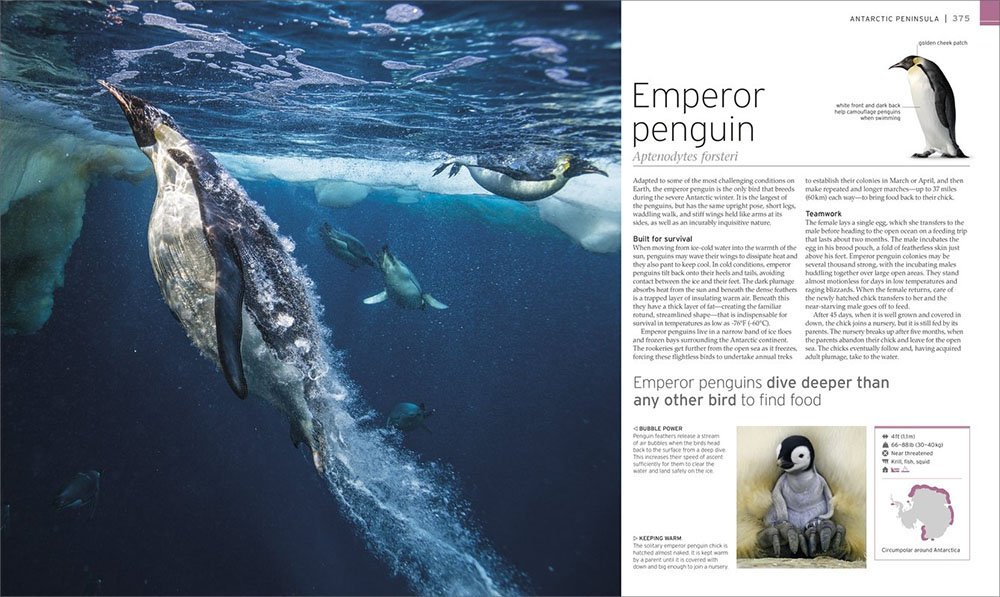
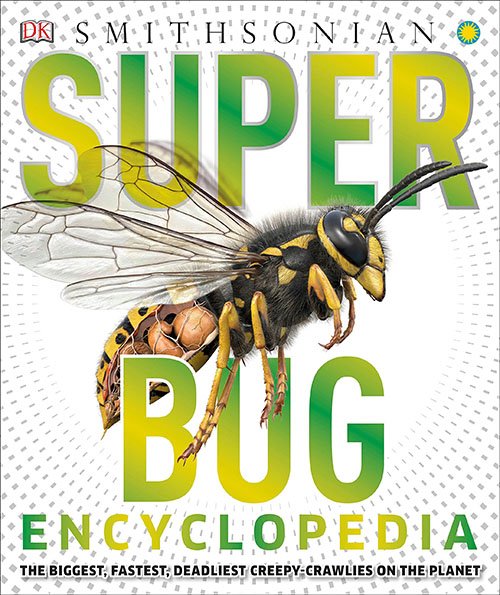
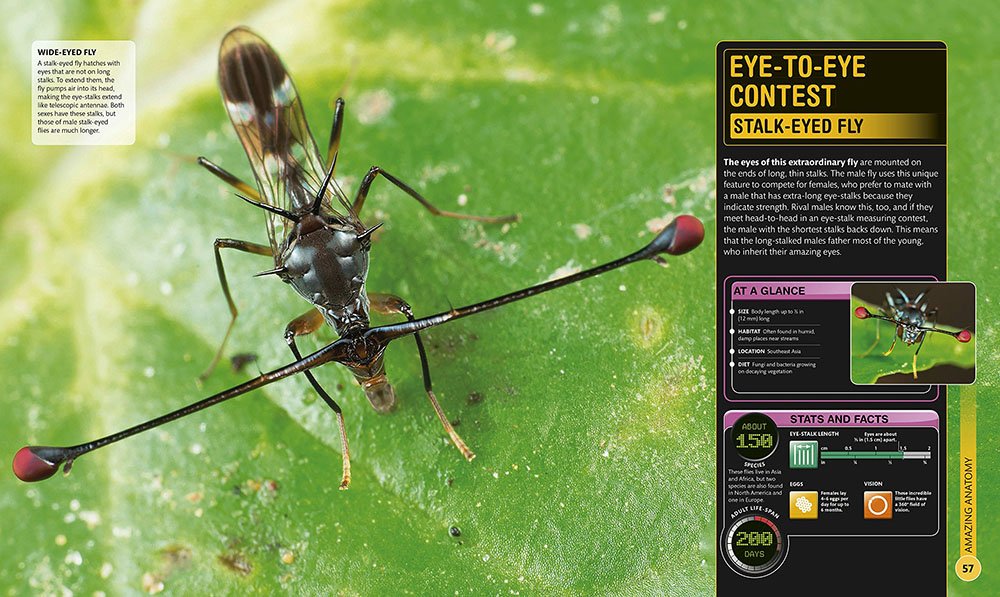
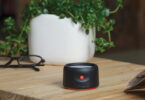
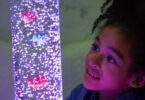
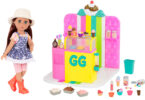
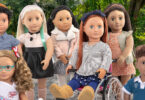
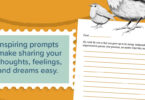
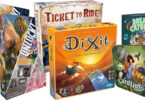
Let’s Get Gardening would be fun for all ages!
My Zero Waste Kitchen
My granddaughter would enjoy Animals of the World.
My granddaughter would enjoy reading the book “My Book of Rocks and Minerals”.
I think Forest Life and Woodland Creatures would be appreciated.
What a Waste — our kids school was doing such a great job of talking about protecting our earth. This book would allow us to bring it into our daily lives at home in even more new and interesting ways.
I think our family would enjoy “Recycle and Remake.” Thanks for this one!
I would also love to bring home The Ecology Book and The Bee Book.
I think “How to Make a Better World” would be nice for my girls.
I would love to bring home My Zero Waste Kitchen. I have always wanted to try to make reusable wax wraps.
The Sea Book and the Bee Book would be very educational.
I would take My Zero Waste Kitchen.
I am interested in My Zero Waste Kitchen. This would be a good read.
We would love the lets get gardening book
My sons would love the My Book of rocks and minerals. They love looking at rocks now!
I would also love ‘The Ecology Book’
My kids would also like to read The Sea Book.
I love all your suggested in this post, and I also have the Grow Food For Free book on my book wish list.
I’d love to add My Zero-Waste Kitchen and The Natural World to my collection. I have been studiously trying to have less kitchen waste for several years now and could use some help on that!